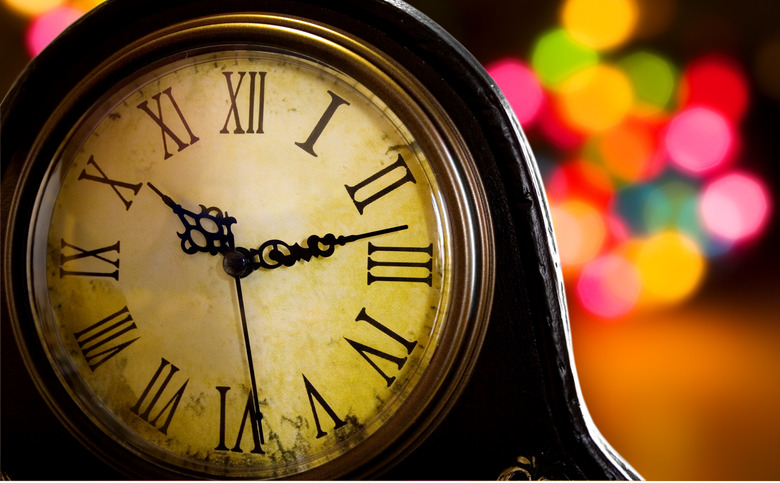How To Date An E. Ingraham Clock
One of the benefits of owning a bit of history in the form of an American-made Elias Ingraham clock is that it's pretty simple to date the clock to within a few years. Ingraham typically added either the date and month the clock was made in the form of serial numbers, or included the company's name stamped on its workings. Up until 1865, Ingraham purchased the clock workings from other companies before outfitting a factory to make his own.
Serial Numbers
Serial Numbers
Clockmaker Elias Ingraham lived for 80 years during the 19th century, working up until his death in 1885. His son then succeeded him as head of the company. The company lasted several years after that, making clocks and moving into watchmaking, until it was purchased in 1967 by a large conglomerate. Throughout his career, Ingraham formed partnerships and created multiple companies, all of which bore his name in some way or another. Almost all of Ingraham's clocks contained a maker's mark or serial numbers that help you date the clock.
Clock Movement Stamp
Clock Movement Stamp
Look at the back of the clock movement for a company name stamped into the metal. Company names Ingraham was associated with from 1844 until his death in 1885 include Brewster & Ingrahams, starting in 1844; E. & A. Ingrahams Company in 1852; Elias Ingraham and Company in 1857; E. Ingraham and Company in 1861; The E. Ingraham and Company in 1881; and The E. Ingraham Company in 1885. By locating the name, you can narrow down the clock's age.
Front Plate Numbers
Front Plate Numbers
If you cannot find a stamped name or date on the back of the clock movement, you may have to remove it from the case. This may require the help of a professional to determine the final, actual age of the clock. A series of numbers stamped on the front plate denote the month in either the first and second digits. The second two numbers state the year. But if there are only three numbers, the first number represents months that contain a single number. For example, 275 represents February of 1875.
Figure-Eight Clocks
Figure-Eight Clocks
Whether a hanging wall, mantel or parlor clock, in 1857, Ingraham patented a figure-eight door design used on many of these clocks. This design entailed two round circles, one above the other, with the lower one sometimes slightly smaller than the top one, each with a hinged door. The top circular glass of the door allowed you to see the clock face, while the bottom one might contain an etching or show clock movements, depending on the design.
Other Clock Designs
Other Clock Designs
Ingraham mostly focused on creating different looks for his clocks during his career — technology improved the inner workings of the clocks, so he didn't have to fixate on that part of clock-making. His first company, Brewster & Ingrahams, made Gothic clocks, styled after the architecture, with pointed steeples on either side of the clock face. From there he graduated to banjo-shaped cases, Grecian, Venetian and Ionic-styled clocks.
